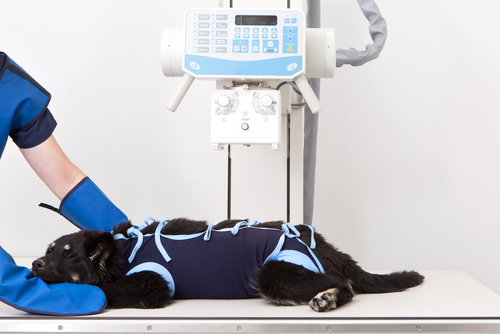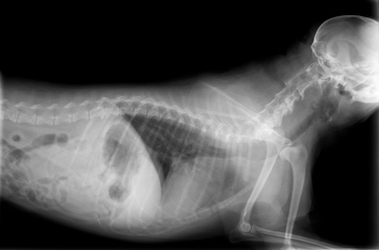
With any anaesthetic that we use or sedation, we always have the option of doing what is called a pre-anaesthetic blood test. What this does, is looking at liver function, kidney function, looks at red blood cells, to make sure there is no sign of anaemia, no sign of infection and to make sure that we are happy to put that animal underneath an anaesthetic. Make sure that their kidneys and their liver are healthy enough to take on that anaesthetic, metabolise it and excrete the products from the body safely so that their recovery is as safe as possible.
The other thing that we would always do is, check the heart and check a temperature, as well, before putting an animal under anaesthetic. We need to know that these things are normal so that we can monitor and keep those anaesthetics as safe as possible while the animal is asleep. The anaesthetic machines and monitoring equipment that we use in all veterinary hospitals is very modern and tells us if there is anything wrong very quickly so that we can make changes to the anaesthetic as appropriate. We do get anaesthetic deaths, as you do in the human world, as well. And these are sadly unavoidable. Nothing we can do to prepare for those or avoid them. And, it is just one of those things that, unfortunately, does happen. However, it is a very, very low risk and the number is negligible per year. The benefits of having that surgery or that x-ray would far outweigh the risk of having the anaesthetic.
